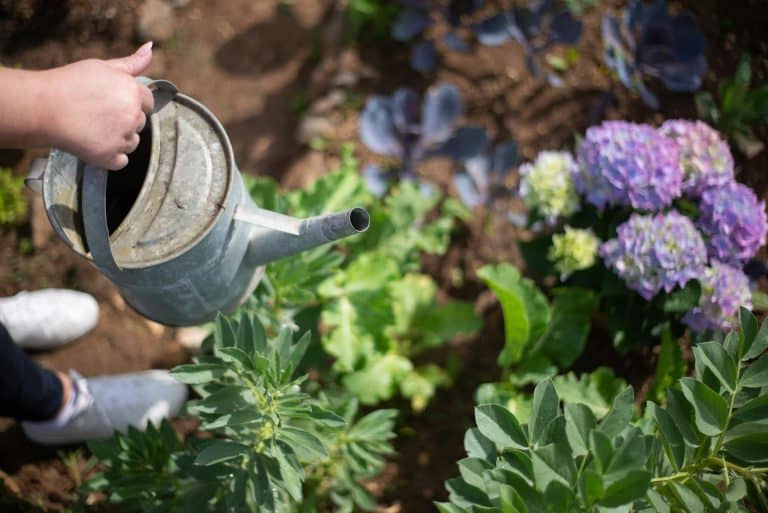Gardening can be a rewarding hobby, but not everyone has the time or energy for constant garden maintenance. Many seek ways to enjoy a beautiful outdoor space without spending hours on maintenance tasks like watering, weeding, and mowing.
Low maintenance garden ideas focus on creating attractive, practical landscapes that require minimal effort while still providing visual appeal and functionality. These strategies make it possible to have a lush, thriving garden that fits a busy lifestyle.
1) Shade-Loving Ferns for Effortlessly Lush Greenery
Ferns are ideal for adding greenery to shady garden areas with minimal care. They thrive in low-light conditions where many other plants struggle.
These plants require little maintenance beyond occasional watering and trimming. Their ability to grow well in shaded, moist environments makes them a reliable choice for year-round greenery.
Different species offer varied textures and sizes, from the classic Boston Fern to the unique Hart’s Tongue Fern. This variety allows gardeners to create depth and interest without complex planting schemes.
Ferns also work well alongside other shade-tolerant plants like hostas and astilbes. Together, they form layered, natural-looking landscapes that need little ongoing effort to maintain.
2) Incorporate Native Australian Plants to Reduce Water and Care Needs
Using native Australian plants is an effective way to create a garden that requires less water and maintenance. Landscapers love these plants as they are adapted to harsh climates and soil conditions, making them naturally drought-tolerant. This reduces the need for frequent watering and fertilising.
Plants like Kangaroo Paw, Grevillea, and Bottlebrush add colour and texture while thriving with minimal care. Their deep root systems help them access water efficiently, even in dry periods.
3) Use Mulch to Suppress Weeds and Retain Soil Moisture
Mulch acts as a protective layer over the soil, helping to reduce weed growth by blocking sunlight. This limits weed seeds from sprouting, cutting down on the need for frequent weeding.
It also retains moisture by reducing evaporation from the soil surface. This means plants need less frequent watering, which is beneficial in dry conditions or for gardeners seeking low-maintenance options.
Organic mulches like straw, bark, or compost improve soil structure as they break down, adding nutrients that support plant health. They also regulate soil temperature, keeping roots cooler in summer and warmer in winter.
Choosing the right mulch depends on the garden’s climate, soil type, and the plants being grown. Applying a 2-3 centimetre layer is usually sufficient to gain the benefits without causing issues like mould or pests.
Using mulch correctly creates a more sustainable garden environment with less upkeep required over time. This method supports healthier plants while reducing work for the gardener.
4) Install Artificial Turf for A Green Lawn without Mowing
Artificial turf offers a practical solution for those seeking a consistently green lawn with minimal effort. It does not require mowing, watering, or fertilising, making it ideal for busy households or low-maintenance gardens.
Installation involves preparing a flat, well-draining surface to ensure durability and proper draining. Once laid, the turf maintains its appearance year-round, regardless of weather or season.
While the initial installation can be labour-intensive, the ongoing care is limited to occasional cleaning and brushing to keep the fibres upright. This option reduces water usage and eliminates the need for lawn equipment.
5) Create Stone Pathways and Seating for Hardscaping with Minimal Upkeep
Stone pathways provide both structure and functionality to a garden. They help define walkways, connecting different areas while reducing soil compaction and weed growth. Using natural stone is a durable choice that requires very little maintenance over time.
Seating areas made from stone complement pathways well and offer spots to rest or entertain. Unlike wooden or metal furniture, stone seating resists weathering and does not need regular treatment or painting. This contributes to a low-maintenance outdoor space.
Careful design is important for easy upkeep. Choosing larger, flat stones with smooth surfaces minimises the risk of trips and falls. Additionally, planning proper drainage around these features helps prevent water pooling and erosion, extending their lifespan without fuss.
Stone materials like flagstone, slate, or sandstone offer various textures and colours that can suit different garden styles. They enhance aesthetics while maintaining practicality, allowing a garden to look polished with minimal effort.













